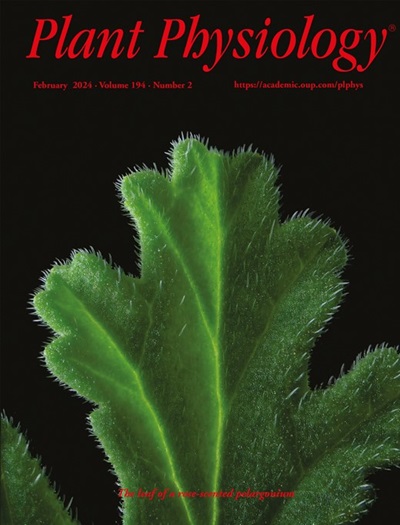接受作物生物技术需要改变传播策略
IF 6.5
1区 生物学
Q1 PLANT SCIENCES
引用次数: 0
摘要
自从第一个转基因植物从一丛绿色的愈伤组织中出现以来,资助提案就建立在伟大的想法之上,即作物基因工程创新对人类和地球产生积极影响的愿景。但其中有多少真正实现了呢?三十多年来的期刊文章阐明了基因-性状联系的发现,以及如何实施这些发现,以提高农民的利润、消费者的产品、环境管理和粮食不安全困境。学术、政府和工业实验室的架子和高压灭菌器讲述着尚未实现的创新故事。如今最新的基因编辑技术将加速创新,提高精确度,降低风险感知——但下一波通过转基因或位点定向核酸酶创造的作物解决方案是否也无法到达田间?它们的部署不受安全性或实用性的限制。相反,他们受到缺乏实施技术的社会许可的阻碍,受到可以理解的担忧的驱动,许多担忧并非基于现实,有些则是精心设计的虚假信息运动的煽动。解决方案是公众参与,然而科学家参与的频率很低,而且当他们参与时,也无法以有效的方式联系起来。本文的目的是阐明农业生物技术传播鸿沟,它是如何发生的,它的影响,以及可实施的解决方案。科学家需要了解信息是如何流动的,阻碍信息流动的社会护栏,以及绕过心理障碍传递可信信息的方法。下一代植物生物学解决方案的快速部署依赖于科学家们重新调整他们的沟通策略,然后成为社会对话的一部分。本文章由计算机程序翻译,如有差异,请以英文原文为准。
Acceptance of Crop Biotechnology Requires a Change in Communication Strategy
Ever since the first transgenic plant emerged from a green clump of callus, grant proposals were erected upon grand ideas, visions of crop genetic engineering innovations positively impacting people and the planet. But how many of these actually came to fruition? More than three decades of journal articles articulate the discoveries of gene-trait connections and how they may be implemented to improve profits for farmers, products for consumers, environmental stewardship, and the plight of the food insecure. The shelves and autoclaves of academic, government and industry laboratories speak stories of innovation unrealized. Today’s latest gene editing technologies stand to speed innovation with greater precision with less perception of risk-- but will the next wave of crop solutions created via transgenesis or site-directed nucleases also fail to reach the field? Their deployment is not limited by safety or utility. Instead, they are hindered by a lack of social license to implement technology, driven by understandable concerns, many not based in reality, and some stoked by well-constructed disinformation campaigns. The solution is public engagement, yet scientists engage at low frequency, and fail to connect in effective ways when they do engage. The goal of this article is to illuminate the agricultural biotechnology communication chasm, how it happened, its effects, and implementable solutions. Scientists need to understand the how information flows, the social guardrails that impede information flow, and ways to bypass psychological barriers to deliver trusted information. Rapid deployment of next generation plant biology solutions is dependent on scientists retooling their communication strategies, and then becoming part of the social conversation.
求助全文
通过发布文献求助,成功后即可免费获取论文全文。
去求助
来源期刊

Plant Physiology
生物-植物科学
CiteScore
12.20
自引率
5.40%
发文量
535
审稿时长
2.3 months
期刊介绍:
Plant Physiology® is a distinguished and highly respected journal with a rich history dating back to its establishment in 1926. It stands as a leading international publication in the field of plant biology, covering a comprehensive range of topics from the molecular and structural aspects of plant life to systems biology and ecophysiology. Recognized as the most highly cited journal in plant sciences, Plant Physiology® is a testament to its commitment to excellence and the dissemination of groundbreaking research.
As the official publication of the American Society of Plant Biologists, Plant Physiology® upholds rigorous peer-review standards, ensuring that the scientific community receives the highest quality research. The journal releases 12 issues annually, providing a steady stream of new findings and insights to its readership.
 求助内容:
求助内容: 应助结果提醒方式:
应助结果提醒方式:


